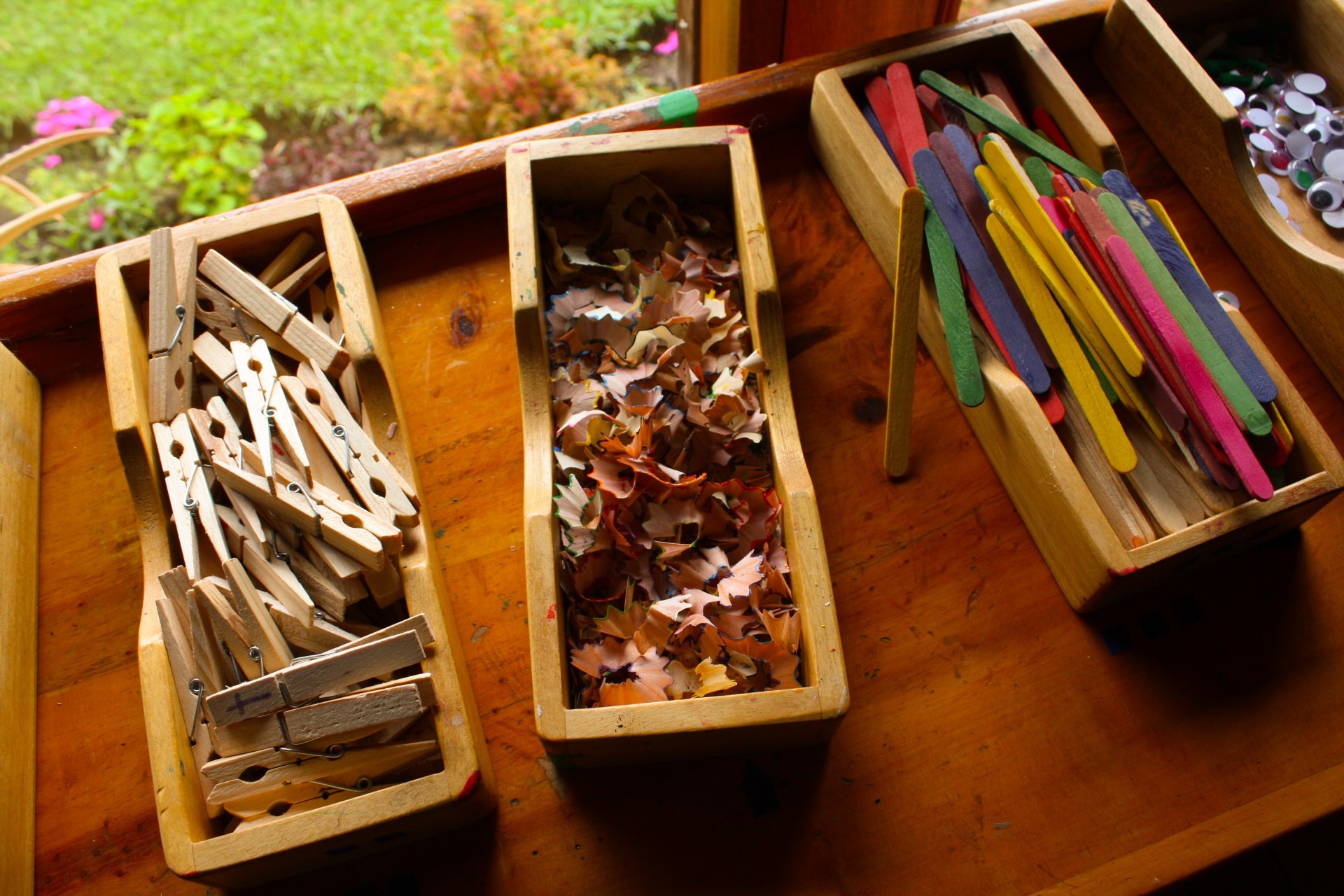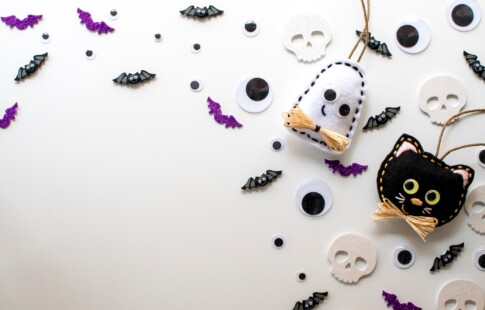
7 Ways to Teach Sustainability in the Classroom
We are reader-supported. When you buy through links on our site, we may earn affiliate commission.
The children of tomorrow bear a heavy weight of ecological responsibility. For many, the ongoing climate crisis instills a great deal of fear and sadness, even in those too young to fully understand the repercussions of human activity on the environment.
A recent survey of children and teens ages 16–25 demonstrated just how deep the psychological impacts of environmental degradation run. Findings showed that 59% had extreme climate anxiety, with another 84% moderately concerned.
Education plays a critical role in mitigating climate anxiety amongst young people. Likewise, any hope of safeguarding the earth rests in their hands.
As a teacher, you’re responsible for instilling environmental values in your students. You might be asking, “How do you teach students sustainability?” Here are seven classroom lessons and sustainability projects for students, regardless of grade level.
1. Use Carbon Footprint Calculators
Carbon footprint calculators are an excellent tool when teaching students about greenhouse gases and the impact of our daily activities.
Although you might integrate them into lesson plans as early as 7-9, they may be especially instrumental in high school.
Demonstrate how the carbon footprint calculator works and pair students off with a tablet to answer the questions. Once finished, discuss ways they can reduce their carbon footprint with sustainable changes to their routines.
2. Start a Class Garden
With permission from the principal, consider starting a class community garden — perhaps with the other grade-level classrooms.
Allow students to plant an outdoor raised garden bed with vegetables or flowers. You should also encourage them to maintain the garden themselves.
A class garden opens the door for lesson plans about sustainable agriculture, explaining the challenges local gardeners and farmers endure — pest control, droughts, etc. — possible solutions, and eco-friendly maintenance.
3. Plant Seeds
An alternative is to have students plant seeds to learn about the plant life cycle — this is particularly helpful if students are still very young.
Pick a plant that germinates quickly, such as beans. Although disposable plastic cups allow students to observe their plants’ root systems, opt for recyclable varieties or biodegradable seedling peat pots — a prime opportunity to mention how plastic pollution ends up in the ocean.
Students might also keep a plant diary to document plant growth through writing and drawings.
4. Simplify Energy Lessons
Renewable and nonrenewable energy can be difficult to understand, regardless of age. Nevertheless, it’s an important topic to cover, so simplify energy lessons and make them more relatable.
Some energy-related lesson ideas include:
- Discussing the different types of energy sources and daily consumption
- Having students brainstorm ways to make the classroom more energy efficient
- Creating an investigative activity to determine the school’s energy consumption and primary sources
The U.S. Department of Energy (DOE) estimates that K–12 schools spend $6 billion on energy annually, wasting approximately 30% of each district’s total energy use.
5. Organize an Eco-Field Trip
Sustainability field trips will provide hands-on experiences for students, such as a park or beach clean-up. Explain how trash impacts the environment, negatively affecting wildlife and humans.
Younger students might enjoy a nature hike on the school grounds or taking a tour with a naturalist from a local nature conservancy.
You can also organize a trip to the zoo or an aquarium. Facilities accredited by the Association of Zoos and Aquariums educate nearly 50 million children about wildlife and the environment annually.
6. Reduce, Reuse, Recycle
Studies indicate that students are indifferent to recycling behaviors if their families, friends and neighbors don’t urge them to do so at home.
Ask students to look at the trash they accumulate and reconsider how they dispose of items. Two bins in the classroom — one for regular garbage and the other for recyclables — will make recycling more accessible.
Other ways to teach about recycling could comprise:
- Taping a picture of recyclable items onto your classroom recycling bin
- Encouraging students to use the front and back of paper
- Holding a coat or clothing drive
You might also create a class project reusing everyday objects, such as making bird feeders from soda bottles.
7. Green Your Classroom
Of course, students will learn best by observing sustainability in action. Find ways to make your classroom more eco-friendly, such as:
- Keep a box of paper scraps for drawing and art projects and decorating bulletin boards.
- Stock up on non-toxic school supplies, such as acid-free glue sticks and petroleum-free crayons.
- Remind students to power down and unplug devices when they’re not in use.
- Clear vents of books and furniture for maximum cooling and heating efficiency.
You can also swap old light bulbs for energy-efficient light-emitting diodes (LEDs). LEDs mimic natural light, which studies find helps to improve students’ academic performance.
Sustainability Starts in the Classroom
There’s a lot to unpack when it comes to sustainability. Yet, if we continue to hope for the health and safety of the environment, teaching students the ins and outs of sustainability and how to practice it is critical — and it starts in the classroom.
Share on
Like what you read? Join other Environment.co readers!
Get the latest updates on our planet by subscribing to the Environment.co newsletter!
About the author
Jane Marsh
Starting from an early age, Jane Marsh loved all animals and became a budding environmentalist. Now, Jane works as the Editor-in-Chief of Environment.co where she covers topics related to climate policy, renewable energy, the food industry, and more.





